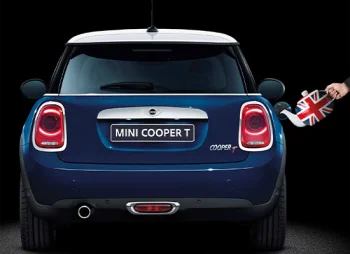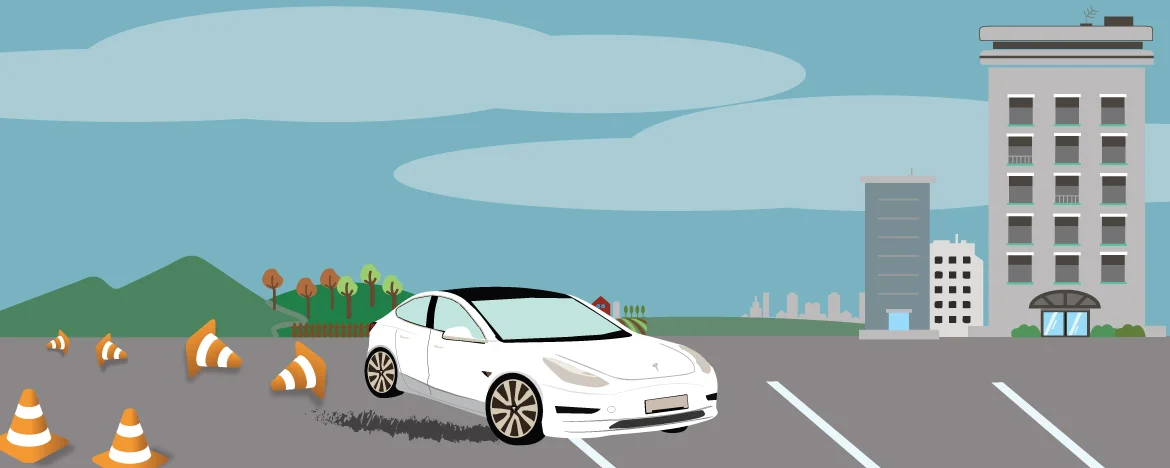
Frustrating at best, illegal at worst - the 5 most irritating things you can do behind the wheel.
Hands up who hasn't been driven to the brink of insanity by another motorist's shoddy driving? Middle lane hogging, making a last-minute manoeuvre without flipping the indicator or a misjudged overtake are scenarios that most UK road users are all too familiar with.
Statistics show that some of the most commonly adopted 'bad' driving habits amongst motorists are also the most dangerous. They're certainly most likely to drive fellow road users to distraction.
But let's be completely honest - whilst we unanimously berate other drivers for committing crimes against the Highway Code, how many of us can truthfully say we haven't tried to cut corners or had a momentary lapse in concentration at least once when behind the wheel?
Studies show that while 76% of UK motorists believe themselves to be above average in terms of driving skill, nearly all of us have experienced one or more of the instances cited below. Something doesn't quite add up there...
It's safe to assume that nobody intends to drive inconsiderately - or indeed, dangerously. But with most of us spending around four years of our lives driving, eights months spent in traffic and two months hunting for a parking space, it's hardly surprising that people occasionally slip into bad habits.
We all have our own personal pet peeves when it comes to driving but these five come up consistently as some of the most annoying things another driver can do.
How many have you encountered and how many are you guilty of?
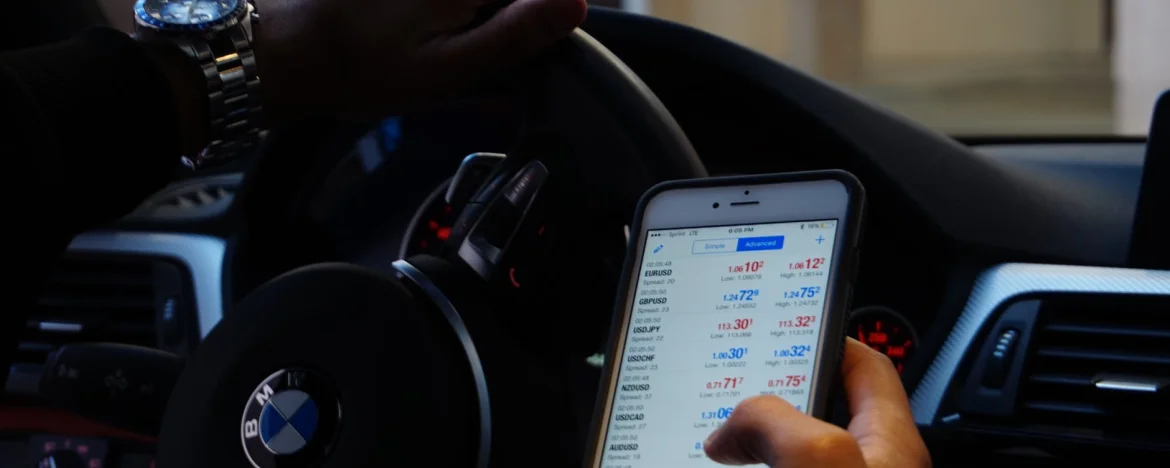
1. Using a mobile phone
It doesn't take much digging to uncover some truly terrifying statistics around mobile phone use and driving. Even though countless accidents are caused each year by drivers who are distracted by texting or calls, a shocking 25% of motorists still admit to checking their phones. This figure rises exponentially in the 17-24 age group to 57%.
While the dangers of engaging with your handheld device are well documented, did you also know that it is illegal to operate a sat nav whilst you are behind the wheel of a moving vehicle too? What's more, it carries the same penalties as using a phone and the law still applies if you are queuing in traffic, stopped at traffic lights or supervising a learner driver.
Current government guidance states that you must have hands free access when travelling with a mobile device or sat nav which could include:
- A Bluetooth headset
- Voice command
- A dashboard holder or mat
- A windscreen mount
- A built in sat nav
Those looking for a new car lease, or to renew their current lease deal in the coming months should be aware that the global semi-conductor shortage may impact some features such as sat-nav in certain models, so be sure to check with your leasing consultant.
Failure to adhere to the law could result in the following sanctions:
- 6 penalty points and an on the spot fine of £200 if you are caught using a handheld mobile device whilst driving. If you have passed your driving test within the last two years, all of the above will apply and you will also lose your driving licence.
- If you are using a mount for your phone that is blocking your view of the road, you will receive 3 penalty points.
- If deemed to be dangerous enough to go to court, you can also be banned from driving or riding in the case of motorcycles and receive a maximum fine of £1000. This rises to £2500 for drivers of larger vehicles such as lorries and buses.
Our advice? If you can't go for handsfree, switch off your mobile before you set off!
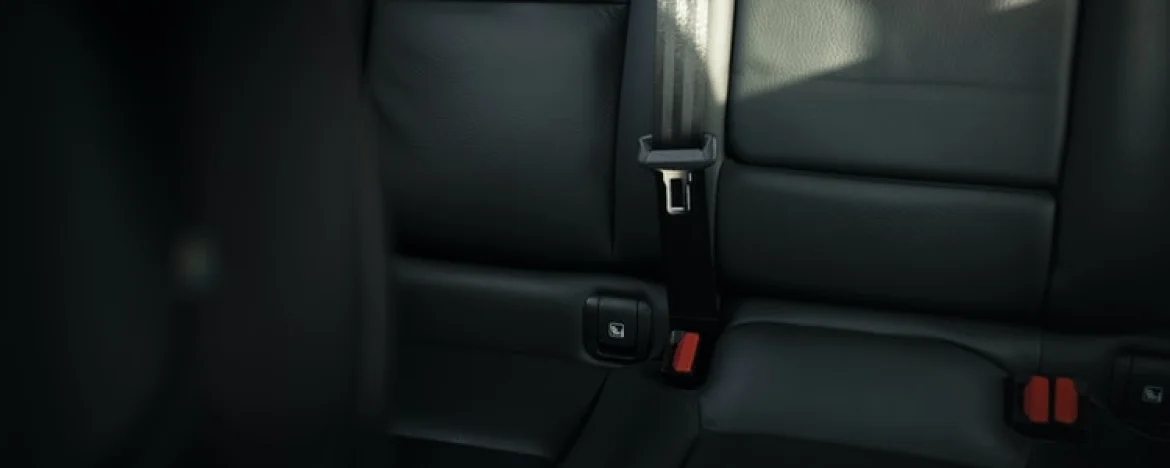
2. Not buckling up!
Just as with mobile phone usage, the statistics speak for themselves on this one, yet unbelievably, 7% of all drivers still take the risk of driving without a seatbelt fastened. Based on recent figures, that equates to a staggering 1,491,559 motorists taking to some of the UK's roads without a belt at some point over the course of their driving year. When you consider also that around 34% of all road traffic fatalities are found not to be wearing a seatbelt, that's a fairly frightening set of figures.
It's hard to imagine that such a fundamental safety feature can be ignored when the simple action of belting up has been proven to reduce the risk of death in a collision by half, so why are drivers consistently neglecting to buckle up?
Of those who admitted to making a journey beltless, some cite discomfort as a factor in their decision not to wear a seatbelt, while others say they simply forget. Many believe that making a short or familiar journey poses less risk of an accident or that the additional safety features in newer cars mean that they are adequately protected. The highest rates of non-compliance with the seatbelt laws are shown to be amongst van drivers making multiple deliveries and passengers in taxis.
Road safety campaigners state that the decline in road policing and inadequate sanctions play a part in motorists' complacency and are calling for more severe penalties to be put in place to deter drivers from unbuckling even just for a second. It is somewhat surprising that a driver found to be breaking current laws can be issued with an on the spot fine of £100 - which may rise to £500 if prosecuted.
Seatbelts were first introduced as a compulsory feature in newly built UK cars in the 1960s but wearing them didn't become law until 1983. Even then, only the driver, front passenger and children travelling in the rear of the vehicle were obliged to comply. In fact, it wasn't until as recently as 1991 that it became a legal requirement for all passengers and the responsibility falls to the driver to ensure this happens.
Current law states that only one person may sit in a seat fitted with a seatbelt and children must be restrained in the appropriate car seat or harness until they reach their 12th birthday or 135cm tall - whichever comes first.
There are few cases in which drivers may be exempt from wearing a seatbelt which are:
- If you are a driver who is reversing, or supervising a learner driver who is reversing.
- You are in a vehicle that is being used for police or fire and rescue services.
- You are a passenger in a trades vehicle and you're investigating a fault.
- You are driving a goods vehicle on deliveries and are travelling NO MORE than 50m between stops.
- You are a licenced taxi driver 'plying for hire'.
Certain extenuating circumstances can lead to a driver being medically exempt from wearing a seatbelt but this must be supported by GP evidence and the driver must carry a 'Certificate of Exemption from Compulsory Seatbelt Wearing' at all times.
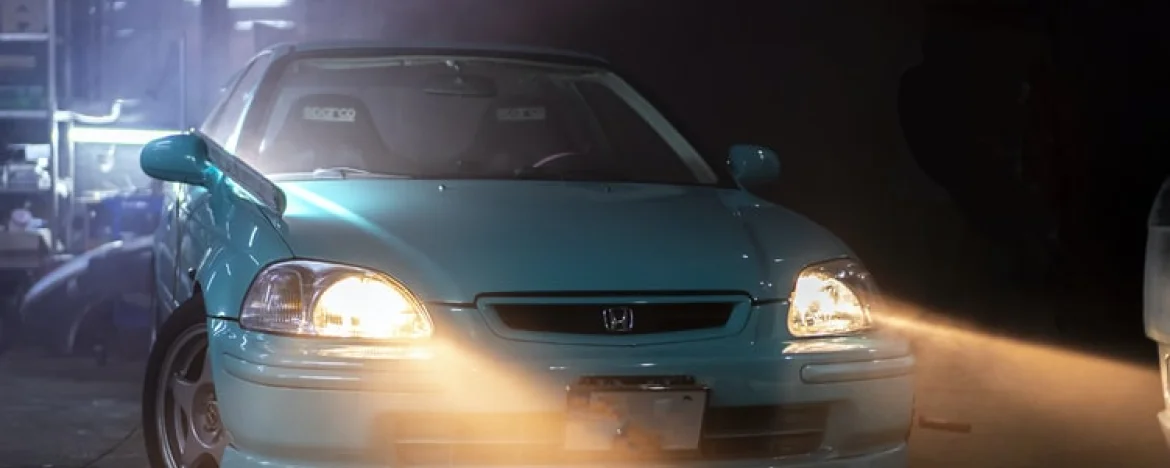
3. Lights, lights, lights!
Driving in reduced visibility - whether due to adverse weather or darkness - can be a risky activity at the best of times. Throw in the wholly unpleasant experience of being dazzled by the headlights of an oncoming vehicle and it can be hugely disorienting and potentially dangerous. Studies show that around half of all drivers are dazzled throughout any given year - that's an awful lot of inconsiderate or forgetful motorists who are failing to switch the lights to dipped.
It is estimated that being dazzled isn't just an inconvenience. Drivers can be temporarily blinded by full-beam lights for an average of two seconds. That may not sound long but when you consider that a vehicle travelling at 70mph can cover around 60m during that time, it becomes a little more real. That's a full 60m of completely unsighted driving.
While there is no specific law for dazzling, campaigners are calling for a £100 fine and penalty points to be implemented. This follows a rise in the reports of dazzling and some 300 accidents a year are thought to be caused by the momentary effects of bright headlights. It's widely thought that advances in technology, including the introduction of Xenon bulbs, contribute to the volume of accidents or near misses caused by dazzling, along with the higher riding position of modern SUVs and the individual's vision.
So when should headlights be used?
According to the Highway Code, headlights are deemed necessary whenever visibility is seriously reduced - specifically if a driver can't see more than 100m in front of them. Full beams should only be used on unlit stretches of road and should be dipped as soon as you are aware of another road user - including bicycles and pedestrians. Main lights should also be dipped if you are following another vehicle.
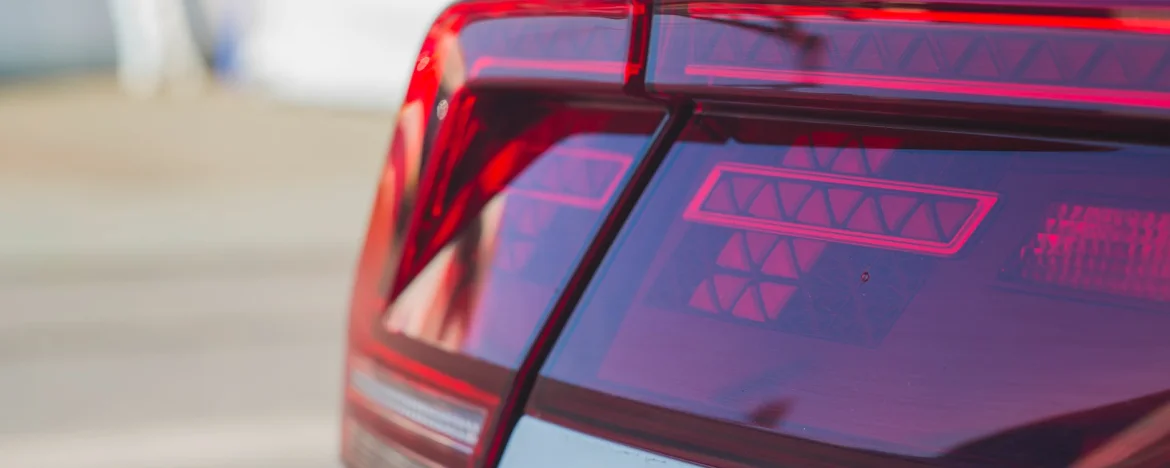
4. Showing your intentions
In a similar vein to the previous point but entirely worthy of its own little rant! Perhaps one of the most frustrating things another driver can do is fail to properly indicate and it's one we've certainly come across, and quite possibly been guilty of ourselves at times.
In fairness, on a quiet road, it can be very tempting to pull out of a parking bay or turn into a familiar road without signalling. Especially when we perceive the road to be quiet, know the route well or want to manoeuver quickly. However, a lack of obvious vehicles doesn't mean that there aren't pedestrians lurking in blind spots who could leap out in front of you at a moments notice.
There are currently no specific sanctions for failing to signal but if your actions are thought to constitute careless or dangerous driving, you could end up facing penalties as severe as 9 points on your licence, a £5000 fine or even a driving ban, especially if a pedestrian is injured as a result of your carelessness.
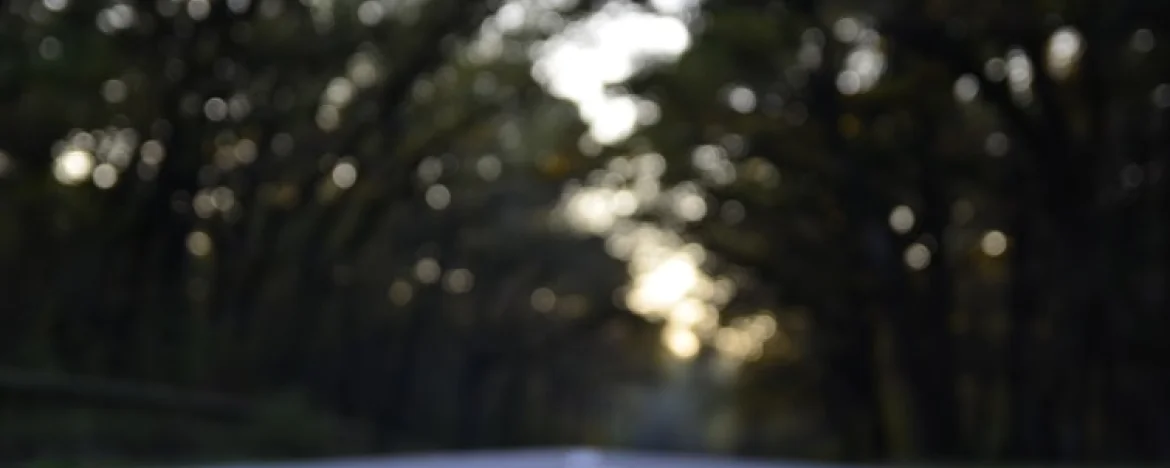
5. Hogging the middle lane.
Quite possibly the most irritating thing in the world, ever. Motorway driving rules are straightforward - keep left is a pretty easy instruction to follow, right? Yet all too often, we find that one oblivious individual, cruising along merrily in the middle lane, entirely unaware of just how frustrating it is for people attempting to use the carriageway correctly.
Frustrating as it may be, it is also cited as one of the most likely activities to cause huge traffic problems on the motorway too. Think about how many inexplicable traffic jams you've encountered that appear to be for absolutely no reason - quite a few we'd imagine. Except more often than not, heavy traffic is the result of slower drivers blocking the flow of traffic through the middle and outside lanes.
The Highway Code states that these lanes are designed for overtaking slower-moving vehicles. Drivers are required to stick to the speed limit when overtaking and pull back into the left-hand lane as soon as it is safe to do so. Vehicles pulling trailers and HGV drivers are forbidden from using the right-hand lane at all.
The good news is, the law now recognises just how problematic lane hogging can be and police now have the power to pull over anyone deemed to be driving in the incorrect lane and issue an on the spot fine of £100, along with 3 penalty points.




